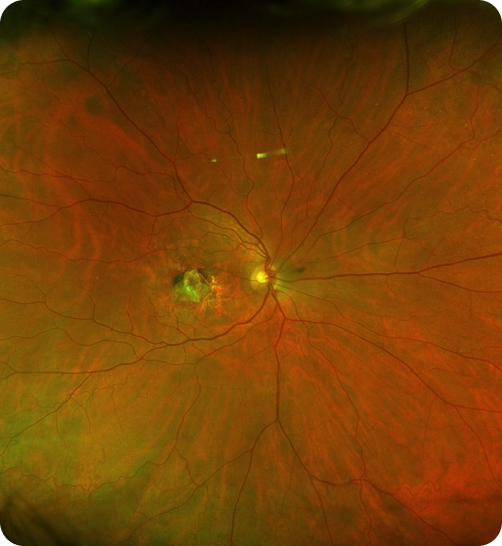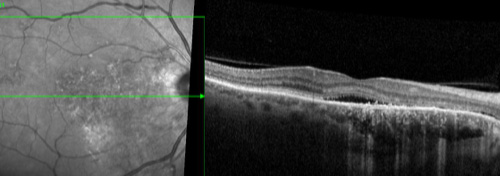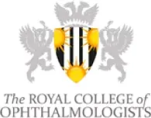What is Age Related Macular Degeneration

Age-related macular degeneration (AMD) is the leading cause of vision loss in individuals over 50 years old. The macula is the central part of the retina and is responsible for sharp, detailed central vision. In AMD, the macula becomes damaged, resulting in blurred central vision while peripheral (side) vision remains unaffected.
AMD impairs the visual precision required for everyday activities. Driving, reading, recognising faces, and viewing details up close or at a distance become challenging as the disease progresses.
Early diagnosis and treatment can slow progression of AMD. Regular eye exams, awareness of risk factors, and prompt medical attention to changes in vision are important for preserving sight. With proper management, people with AMD can maintain effective vision
Ms Das is a medical retina specialist and provides service in diseases of the retina, including consultation, follow up and prevention of age related macular degeneration. She provides intravitreal injection treatment and lasers for retina diseases. Dr Das has a personalised approach to understanding your individual medical situation and requirements and will discuss options of management, including holistic care, which might work best for you.
She also recommends visiting macularsociety.org and rnib.org.uk which has the most up to date information about this condition, diet, local social groups, research and clinical trials
Central Serous Chorioretinopathy

Myopic Macular Degeneration

People with high myopia are at risk of permanent degenerative changes to the retina, due to elongation of the eye. This is called myopic macular degeneration when it affects the central retina
Learn more about Myopia (Moorfields Link)
Myopic Macular Degeneration (Macular Society)
Myopia and Pathological Myopia (RNIB)
Posterior Vitreous Detachment
The eye is filled with a jelly like substance called vitreous, which maintains the shape of the eye and supplies it with nutrition and helps with focusing of light. The vitreous is attached loosely to the surface of the retina, which is the tissue at the back of the eye. In middle age (or earlier in short-sighted people), the vitreous jelly may shrink and pull away from the retina and this is known as a posterior vitreous detachment. Patients may experience flashing lights and floaters, which are often described as cobwebs or veils.
Yag Laser Capsulotomy
Cataract surgery involves removal of the natural lens from within the eye. This lens is replaced by an artificial lens implant, placed inside a natural capsule (bag) within the eye. This capsule can become thickened and cause deterioration of vision. An opening in this capsule is made with a YAG laser to allow more light to enter inside the eye, and this helps to improve vision.
Retinal Detachment
A retinal detachment is when your retina separates from the inside of your eye.
Macular Hole
Dry Eyes
Cataract
Intravitreal Injection Treatment for Wet Age-Related Macular Degeneration






